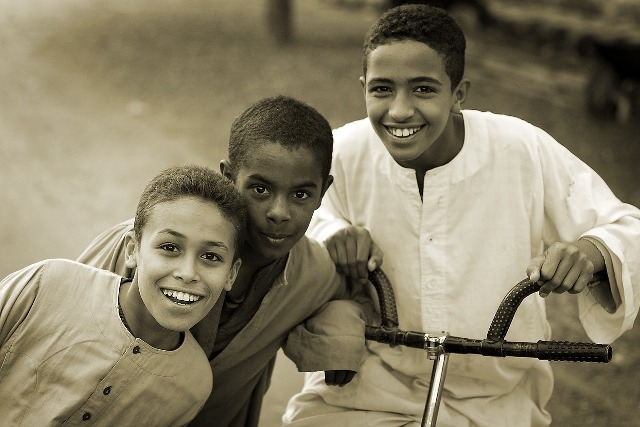CSR: Transforming adolescent lives in India
Related Articles
Virat-Anushka का वृंदावन में खास पल, प्रेमानंद महाराज से लिया आशीर्वाद, Video में देखे गए भावुक पल
भारतीय क्रिकेट स्टार विराट कोहली और बॉलीवुड अभिनेत्री अनुष्का शर्मा हाल ही में वृंदावन पहुंचे और श्री हित राधा केली कुंज आश्रम, वराह घाट...
“Makes Me Uncomfortable”: Rishab Shetty Breaks Silence On Ranveer Singh’s Kantara Mimicry
Actor-filmmaker Rishab Shetty has finally addressed the controversy surrounding Ranveer Singh’s imitation of the Daiva ritual from Kantara during the closing ceremony of the...
मुख्यमंत्री योगी–टाटा समूह की बड़ी बैठक, यूपी में एआई सिटी, हाई-टेक निवेश और ईवी मैन्युफैक्चरिंग को मिलेगी नई रफ्तार
उत्तर प्रदेश को टेक्नोलॉजी, मैन्युफैक्चरिंग और रोजगार का बड़ा हब बनाने की दिशा में सोमवार को एक अहम कदम बढ़ा। मुख्यमंत्री योगी आदित्यनाथ से...


